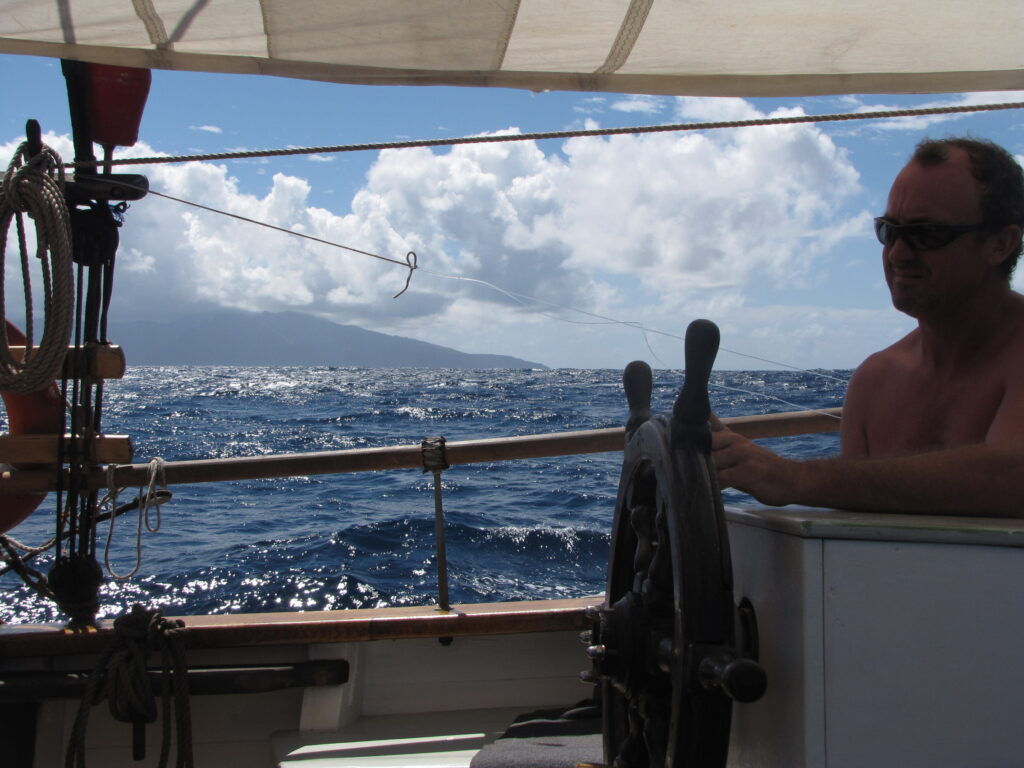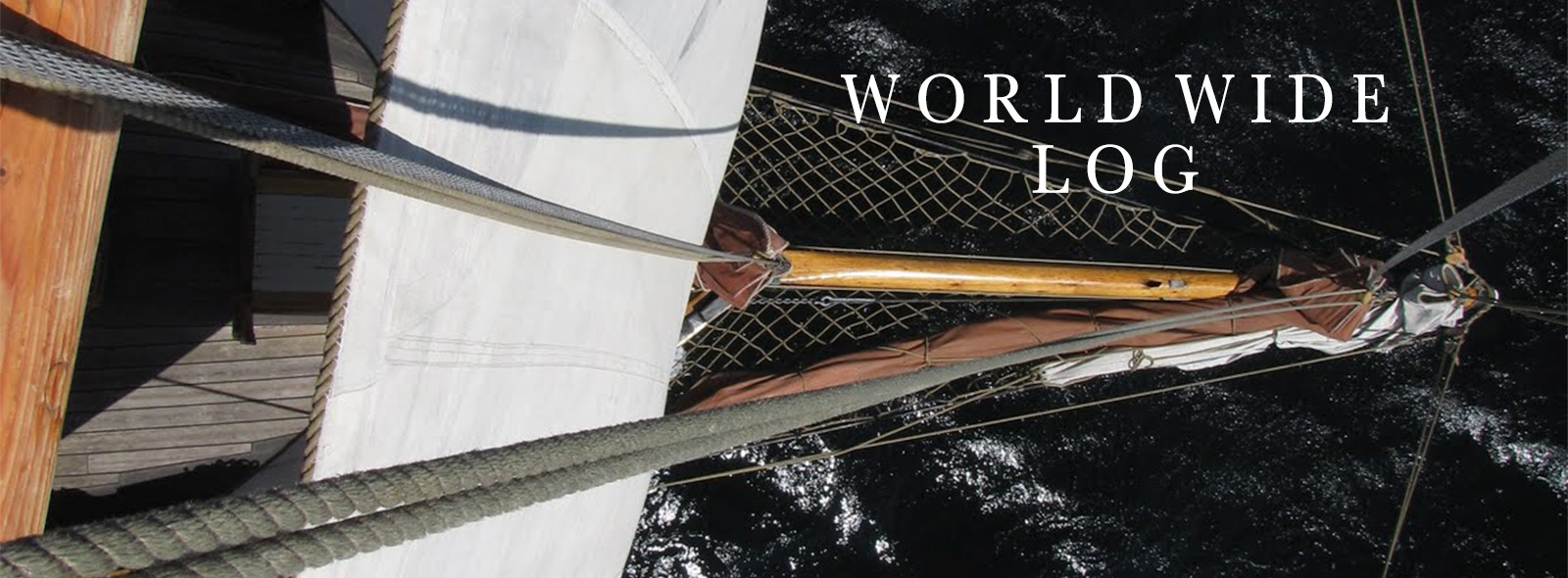
Skippers log 7: Galapagos towards Marquises
Survival of the fittest, wrote Darwin in his work: “Origin of the species”, evolution through natural selection. These theories were confirmed by many of his findings in the Galapagos Islands.
Undoubtedly one of the worlds surviving treasure houses of animal and fauna life, its isolation enabled it’s undisturbed development over the millennia. The Ecuadorian government, which has sovereignty over the islands since 1825, takes this fact to their hearts and souls, and that’s expensive.
Visiting foreign flagged vessels pay dearly for the privilege of anchoring in Puerto Ayora, understandably this is to protect the charter industry around the islands. All of this man made complexity, did not detract from the natural beauty and close proximity of animal life in the archipelago.
We stayed for a period of 17 days and managed to enjoy some great sightseeing and snorkeling, including ‘Lonesome George’ a wrinkly old turtle who resides at the Charles Darwin research centre on the shores of Academy Bay, where our good ship was anchored. He is estimated to be between 150 to 200 years old. That’s a lot of candles on his cake, and he’s the last of his particular species, hence his name.
There are still around 11 different species of turtles in the Galapagos. They are a sight to behold and very photogenic because they seldom move. I wonder what they are thinking, lying there, getting slowly older – very old indeed.
Puerto Ayora is a great little town, which has blossomed in recent years due to tourism and has chosen the white tablecloth version of quality, at least down along the water front, with lots of great wood work and generally taste full décor and souvenirs. We frequented a couple of the watering holes and got friendly with the natives.
Friday the 11th of March alarm bells were ringing across the whole Pacific rim after a severe earth quake in Japan. We were ordered to proceed to sea, as a precaution in the event of a tsunami.
We heaved anchor and sailed out to the 200 meter depth, deemed to be safe. 24 hours later, after clearance was given, we returned.
The damage was slight and yet considerable. Some hotels were washed clean through on the ground floors, when a surge of 3 meters swept through.
Damage can take time to access and folks were still mopping up when we were finished with provisioning and bid the fair town farewell.
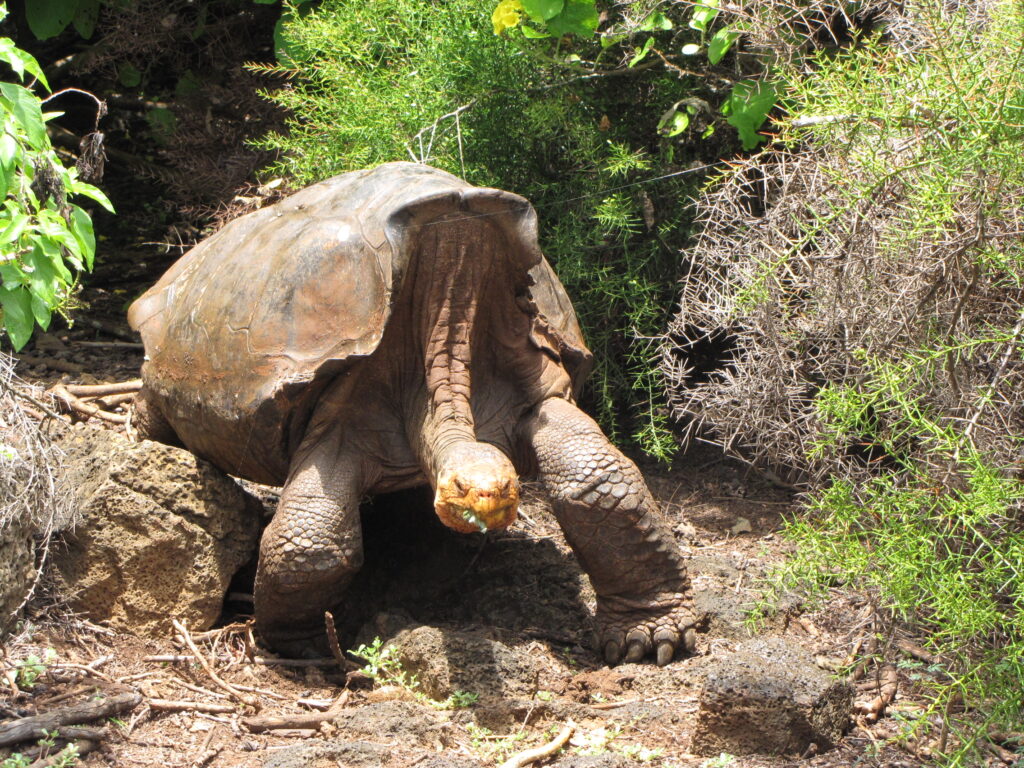
Anchor aweigh 0700 reads the log Tuesday the 15th of March.
Set course south southwest towards the Marquises Islands 3000 miles to the west. 8 souls on board, chocker block full of food and water. This is one of the long awaited legs of our voyage.
We hoped we could pick up the trades as soon as possible, to ease the fuel burden. But it was to be a week of variable winds and motor sailing, until we started to pick up a steady breeze, and at times strong wind, as the result of a trough stretching away to the west about 600 miles southwest of the Galapagos.
Monday the 21st we got wind and with smiling faces, shut down old Henry and managed to sail the remaining 2500 miles managing an average speed of 4.8 knots.
The daily routine onboard of keeping three watches gave us all a chance to get plenty of rest and get a fair wack of maintenance done.
Yukon has sailed over 10,000 miles since we departed Strynoe and it shows in some places – but with constant effort we keep abreast of it all, touch wood.
Westwards ever westwards, the immensity of the Pacific Ocean begins to unfold itself in our consciousnesses.
As our days run, usually around 120 miles was plotted on the chart, its length being no more than a couple of centimeters – in a chart almost completely devoid of land.
But over in the extreme left hand corner, the ever beckoning Marquesas Archipelago lying like a few drips of candle wax on a page. This is the watery part of the world and its islands are even more treasured to the sailor, with their promise of fresh produce and drinking water.
The Polynesian triangle stretches from the Hawaiian Islands in the north to Easter Island in the south east, and in principle New Zealand in the south west. This immense area about the size of the African continent is speckled with hundreds of islands, mainly volcanic in origin, some of them mere atolls of coral remaining, whilst most retain their mountainous grandeur.
Peopled by the Polynesians with their origins long disputed and discussed, their navigational prowess revered by mariners the world over, these people and their hospitality is renowned especially to those who arrive via the sea.
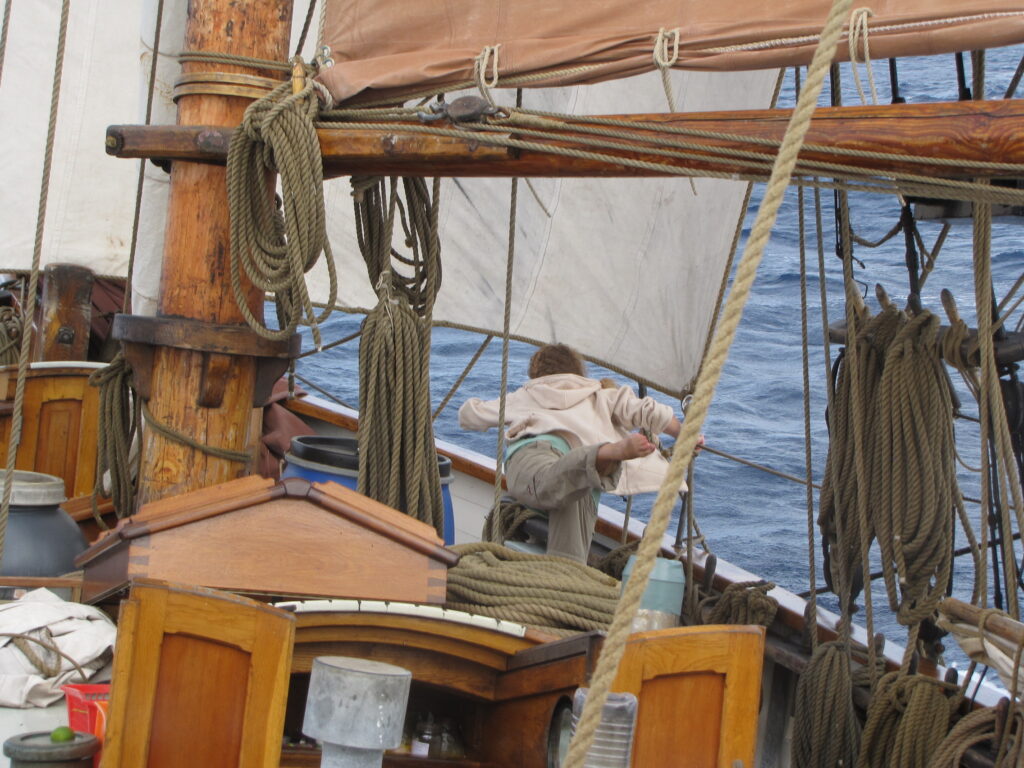
March 23rd – Aron’s birthday, 8 years old and a shellback already.
He has been a bit twitchy in the days leading up to his big day. Due to moderate to rough seas, there has been hushed talk about the poop that we may have to scale down celebrations to a dull roar and wait until the sea eases up a bit.
But like it was planned: on the morning of celebration, the wind and sea ease considerably to allow the full ritual of fresh baked chocolate buns for breakfast with gifts in his bunk, followed by a large and playful pod of pilot whales who swam with us a good hour, truly a sight.
Soon after a ship! The first for 9 days, a Columbus line container ship on passage from New Zealand towards the United States making about 20 knots in the opposite direction, so he was soon passed.
The afternoon brings another round of gifts followed by a monster birthday cake. In the middle of all this, we catch a lovely yellow fin tuna 4 kilos, “that will do nicely for dinner.” “Not tonight Dad, it’s my birthday and I have ordered my favorite: Lasagna“.
So with our bellies nicely looked after and the festive day drawing to an end, we enjoy a sundowner, watching slowly the stars evening awakening. Our little ship ploughing westwards, with a happy little eight year old on his way to his bunk.
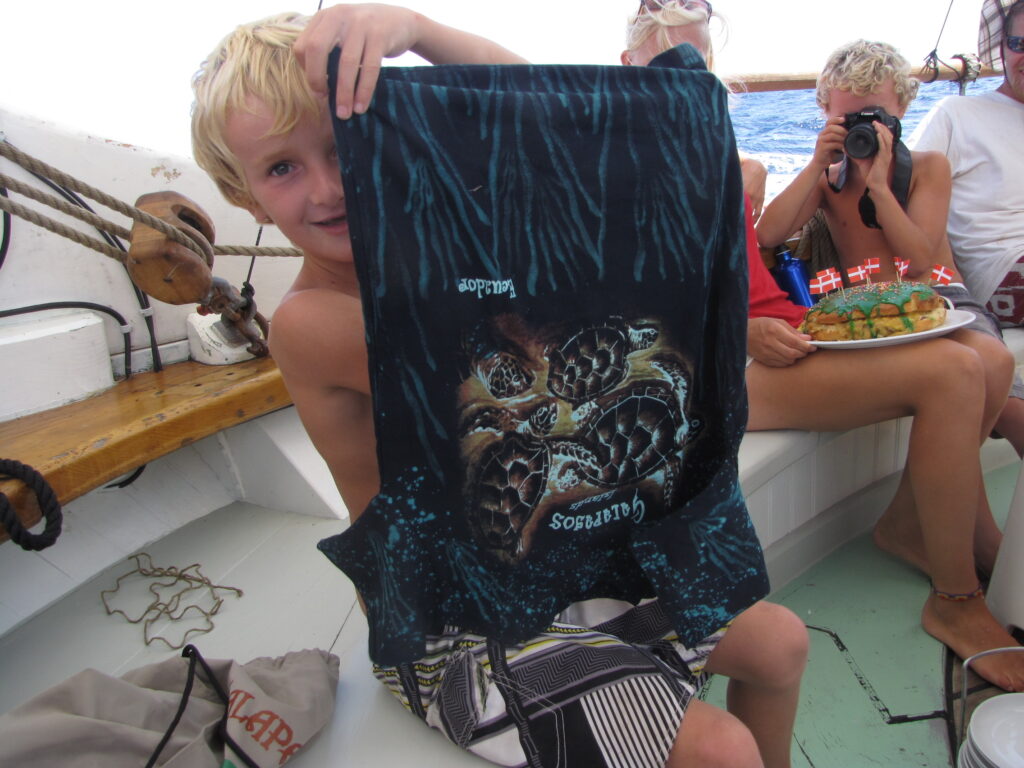
Monday the 28th of March, 14 days out we catch a beauty: a big Wahoo.
17 .5 kilos of highly pissed off fish thrashing around on ones aft deck can cause considerable concern. But a klok on her head with the wooden mallet and the fights over.
We are getting good at this: 3 kilos of roe is steamed and eaten separately, the fillets of fish 10 to 12 kilos provide food for the next 3 days, with a myriad of different recipes – fried, poached, curried, baked and pickled.
Everyone gets a shot at cooking up this one. It’s amazing how this lovely creature has nourished us, but as expected cries of, “Oh not fish again!” heralds the beginning of a vegetarian period.
Monday the 11th of April, 28 days out from the Galapagos, Land Ho!
The mountainous island of Fatu Hiva 3 points to starboard in the early dawn.
We thought it was a rain cloud 18 miles distant, but sure enough with the encroaching light sheer forms of towering rock become evident, what a sight! These islands are magnificent in their dimensions, some points over 1000 meters high densely covered with luscious green jungle.
We enjoyed a great passage west about Fatu Hiva and sheeted home to lay Hiva Oa about 50 miles to the North so we could clear customs and immigration into French Polynesia. We let go anchor just after nightfall the same day in Taahuku bay.
3197 miles in 657 hours, not bad for an old North Sea trawler, manned by a bunch of fish eating nomads, whose children prefer lasagna.
PS: Beg, borrow or buy a copy of Wooden Boat Magazine, May/June we are in it. Best wishes David
